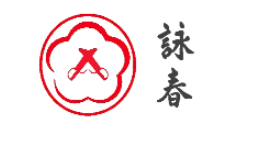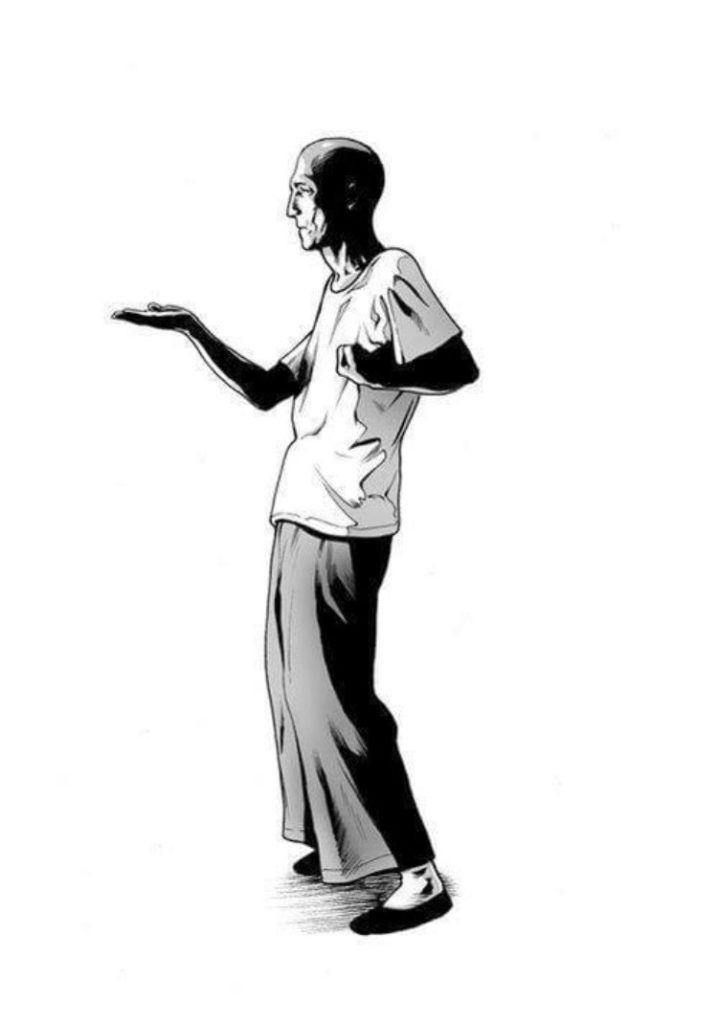One of Wing Chun‘s principles is Luk Sau Jik Kuen, or lost hand, strike forward. It is a principle whereby when contact is lost (in chi sau), your arm naturally rushes in upon the loss of contact.
As a beginner in Wing Chun I remember reading about this concept after around 2 years of training. At first, when you lose contact with your partners hand/arm in chi sau, there’s a delay. There’s also the likelihood that you will chase your partners arms outwards, to maintain the contact. This is known as chasing hands, a mistake in chi sau when you can hit directly down the centreline.

To grasp the concept imagine having your arms attached to your partners centre by springs. Their “jik seen”, or centreline runs down their body from the top of their head down their spine. When your partner’s arm/s lose contact with your own, your attack naturally springs forwards towards your partners centreline.
Initially this will of course take some practice. When you’re learning, you’re juggling a number of concepts in your head. At first you will be understanding some basic positions, and attempting to maintain them. But once you have understood the basics of chi sau, this is a great concept to play with.
As you do so, you’ll notice the time gap between the loss of contact and your striking forwards down the centreline.
Luk Sau Jik Kuen – A Useful Drill
It can be useful to isolate this particular concept and play it as a “game” to get the gist of it. To do this, you can start in a basic rolling arms drill where there’s no attacks, just the interaction of positions and changes (poon sau). Each partner takes it in turn to attack, with the other person relinquishing their positions at irregular intervals.
If a hand position is removed, there’s a loss of contact and you can strike forwards to land a hit. Notice the time gap between the removal of a position and the strike. As you persevere with this drill, you’ll notice the time gap will get shorter until eventually your hand strikes forwards instantly upon the loss of contact.

You can also strike through a bad position of course too, using this same concept. If you carry this forward intention into your normal chi sau, you should notice you can land more strikes as they appear, and without having to strain for them. Of course in normal chi sau, there’s more going on, which is why it can be useful to practice this concept in isolation.
Once you understand it, you should find many more gaps in your partners defence. You should find yourself landing hits without much thought. This is far easier that fighting your way through multiple techniques (and defences) in order to land a hit.
Forward Energy/Intent
Luk sau jik kuen is a useful concept to practice. A good offence is often the best defence. When both partners are using this concept in chi sau, you can feel the pressure to maintain good positions so as not to allow your partner through your defences. Another practice to help students understand this concept is through physically pushing forwards with your arms against your partners arms. When you meet the resistance of a good position, you stop. This allows you to test your structure against your partners.
The downside of having a physical pressure forwards is that it can easily be taken away when your partner feels you pushing using physical force; with a lap lau (pulling hand technique) for example. When you have a forward intent, but without giving this away through the physical contact, you can “hide” your intent without telegraphing it to your partner through physical contact.
See also martial arts for older adults.


